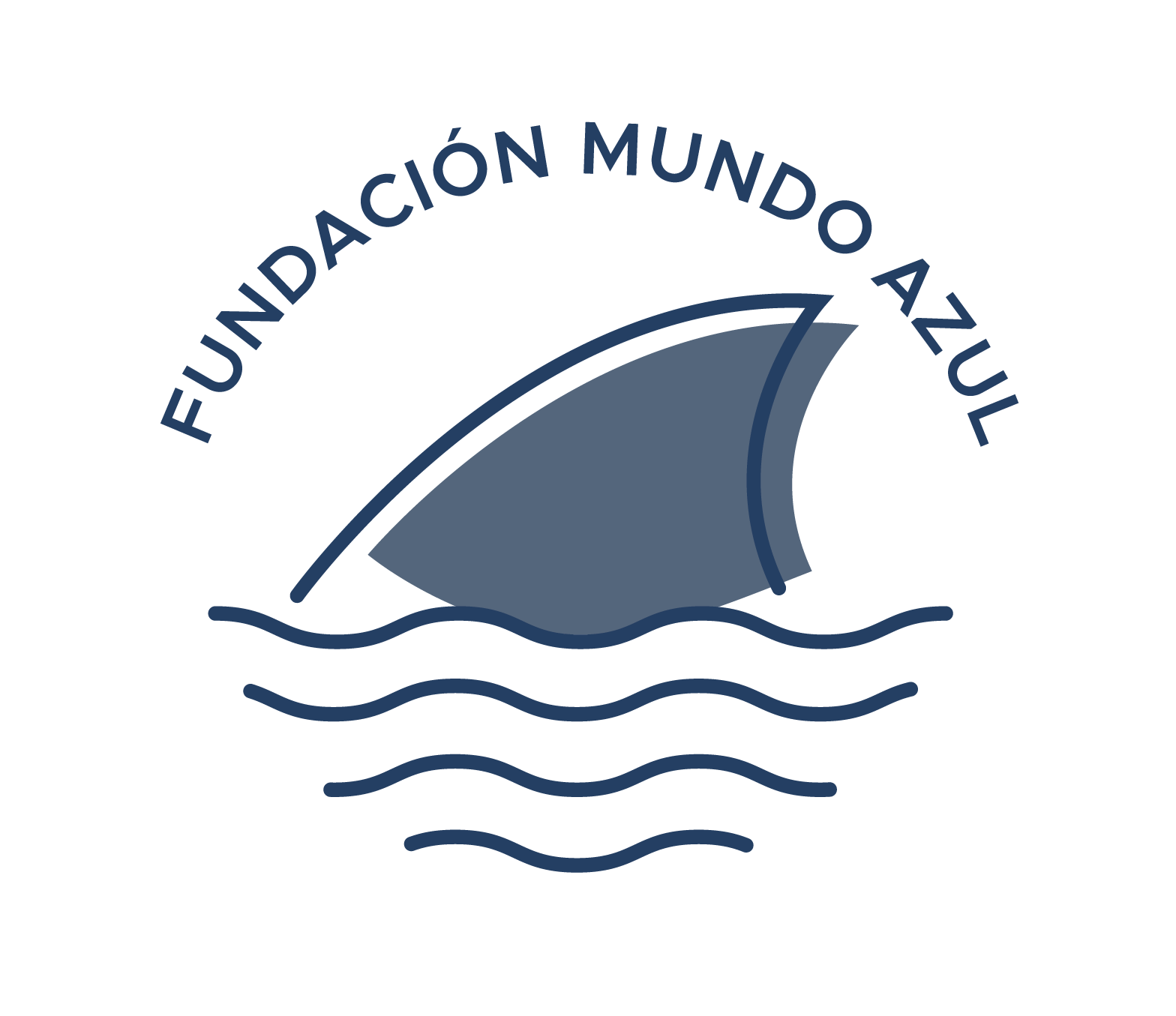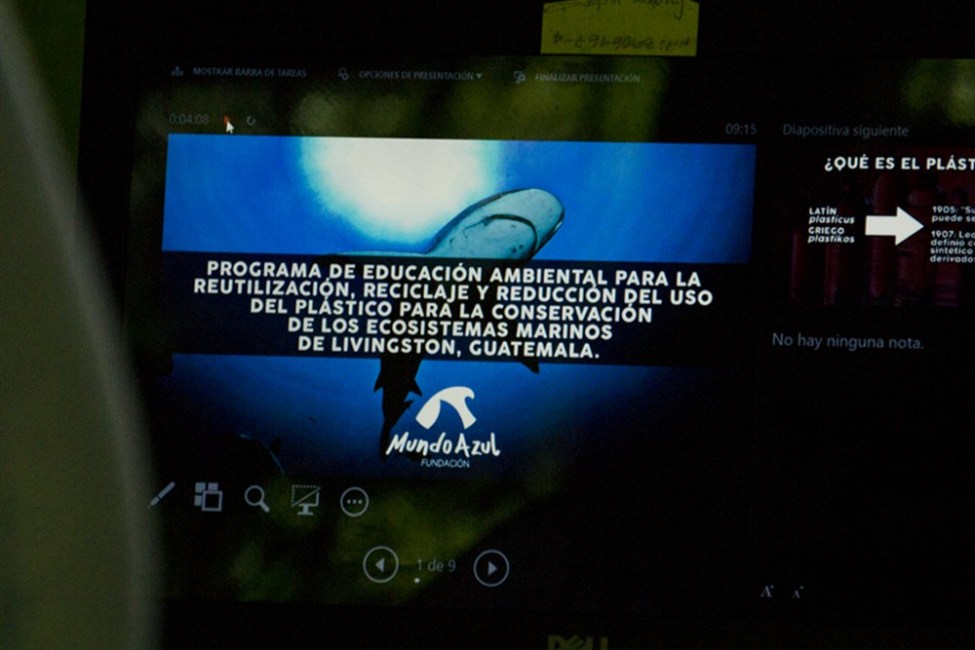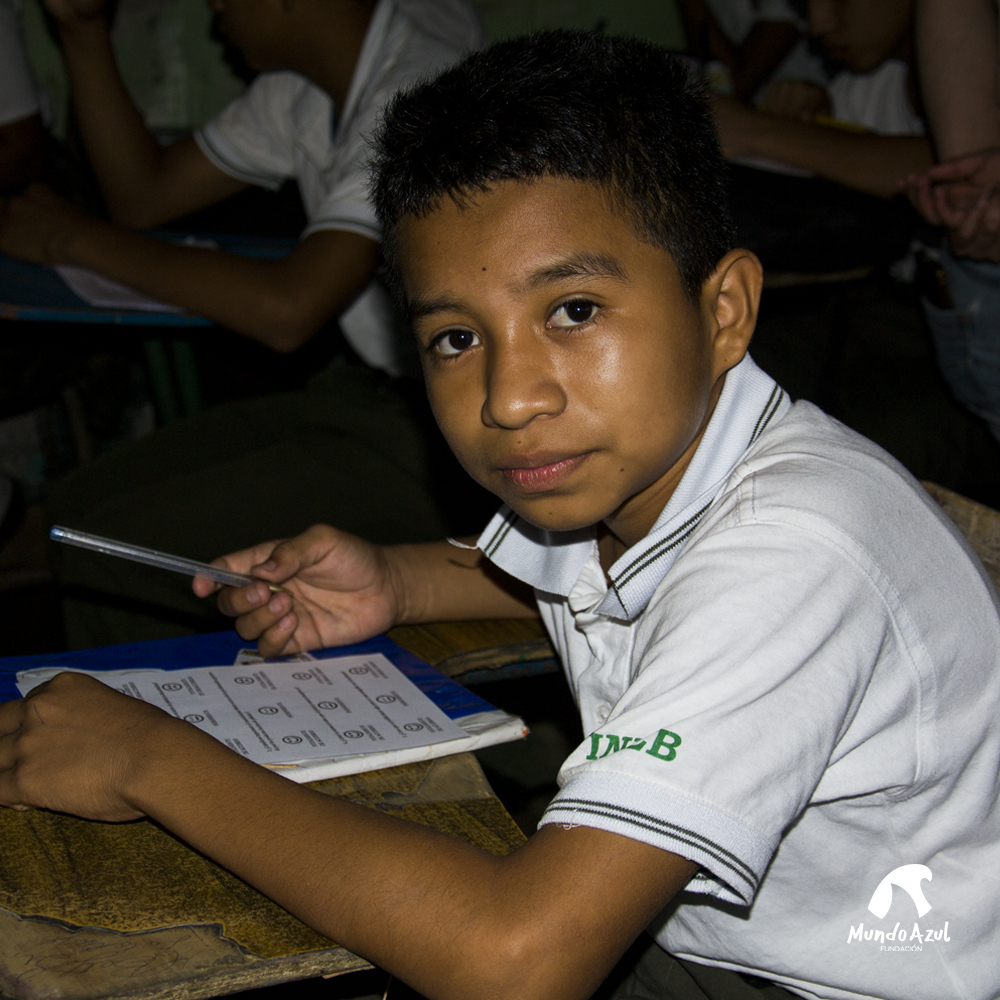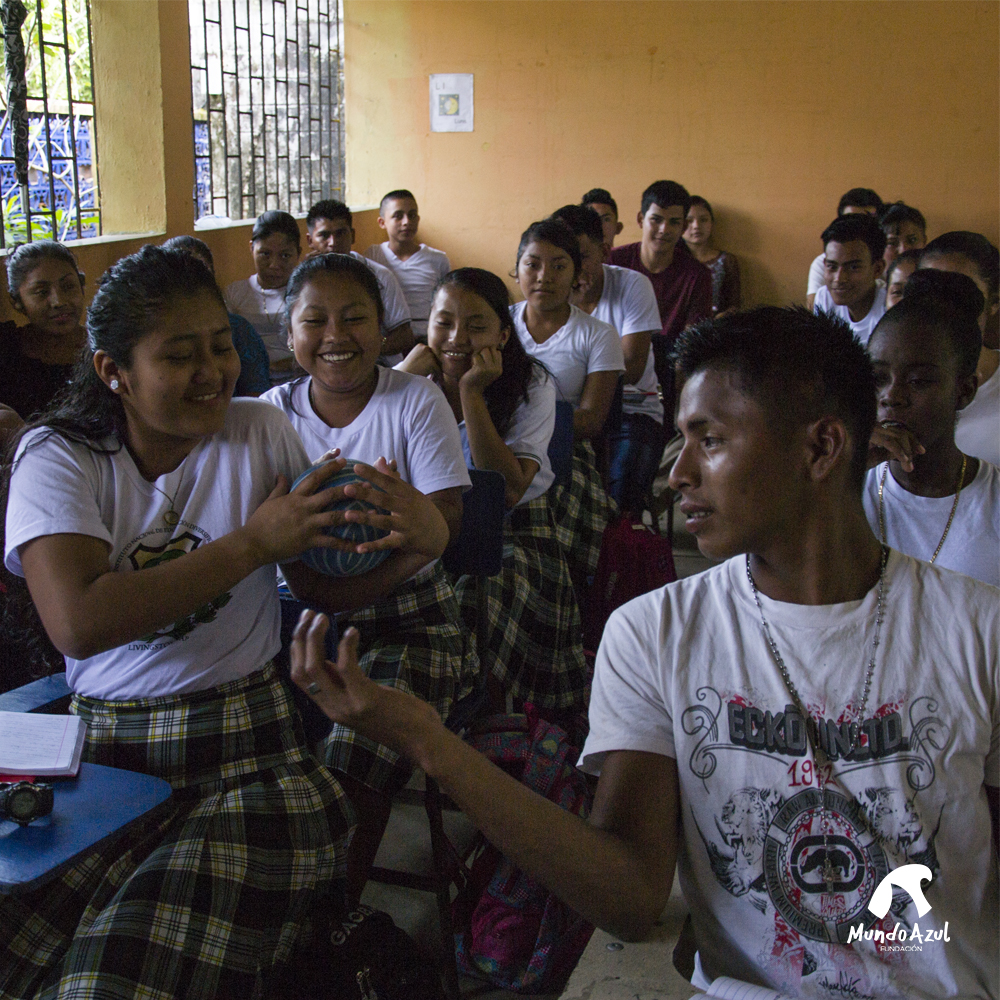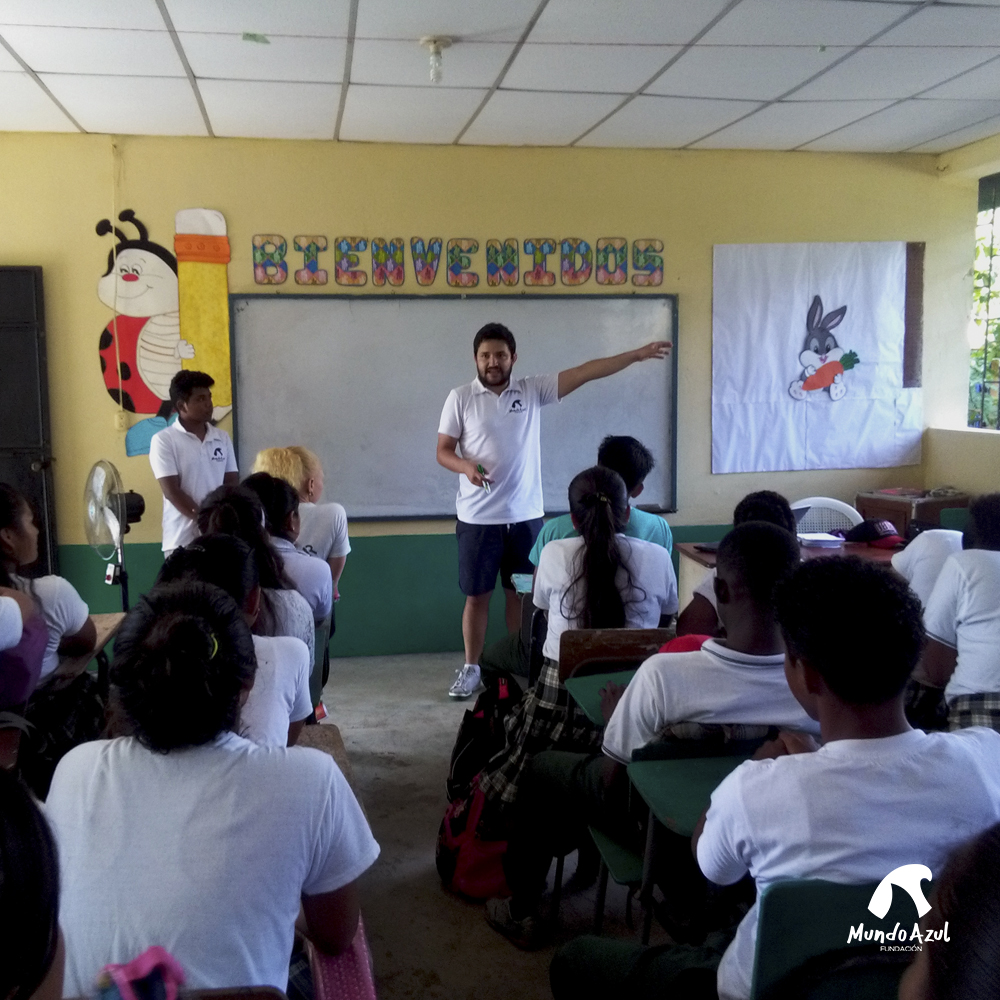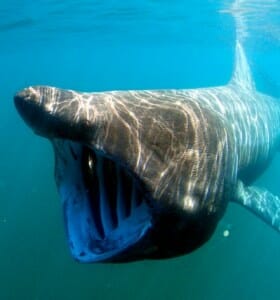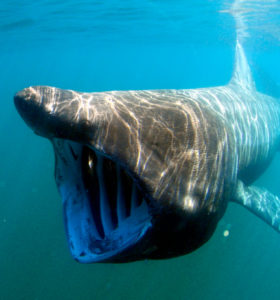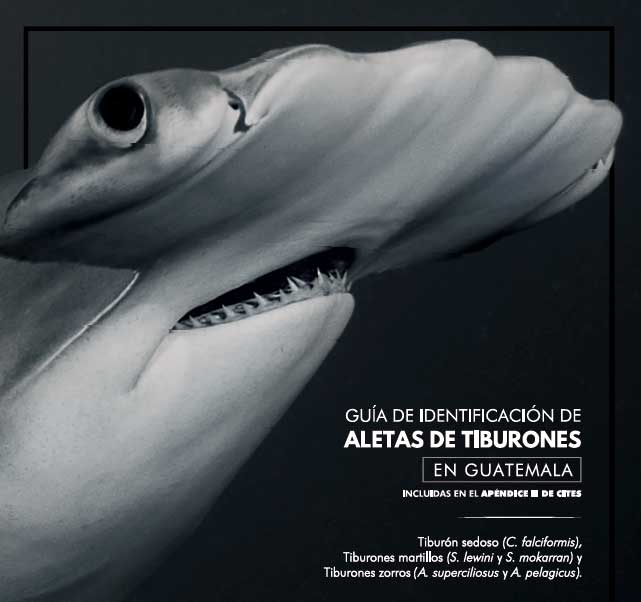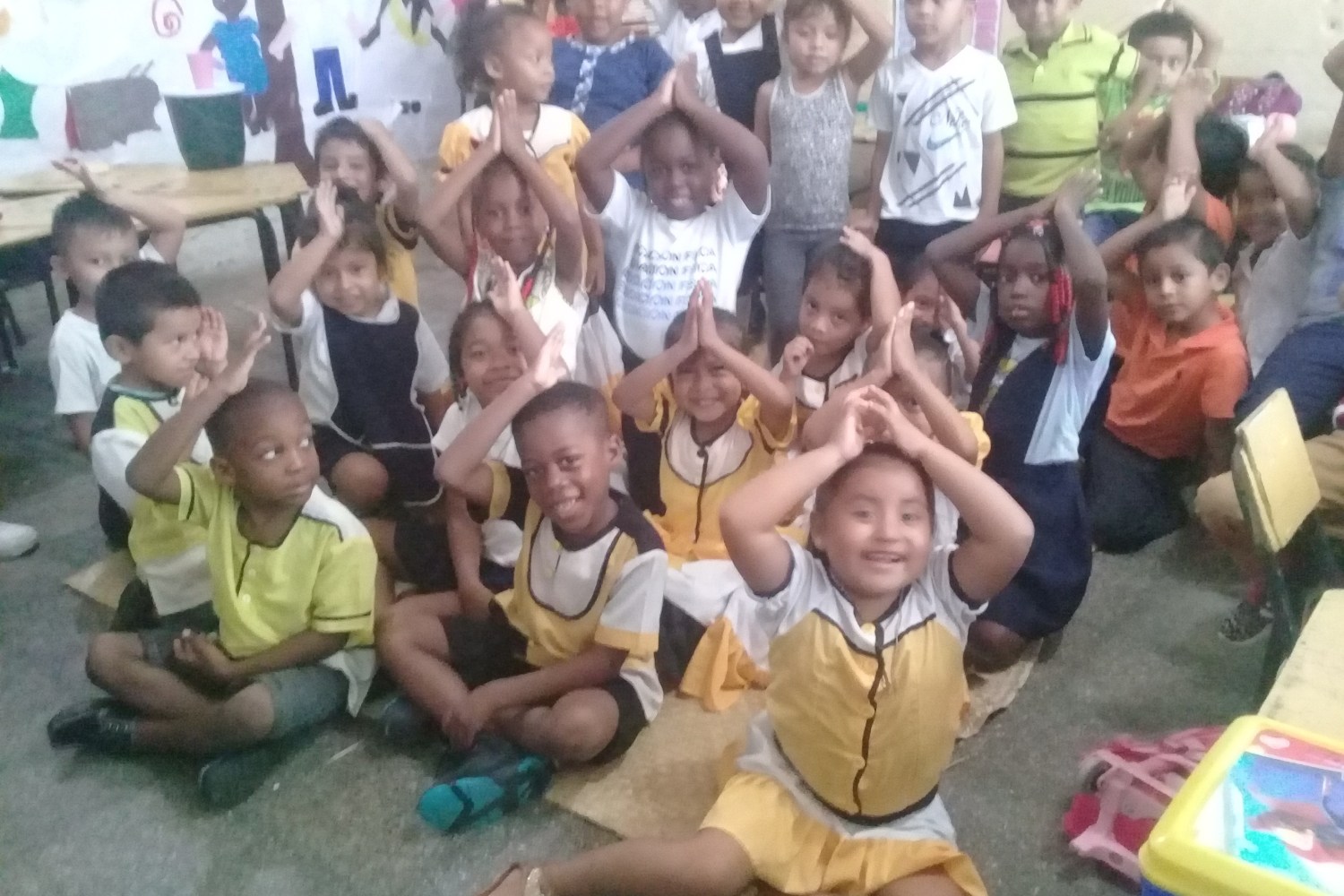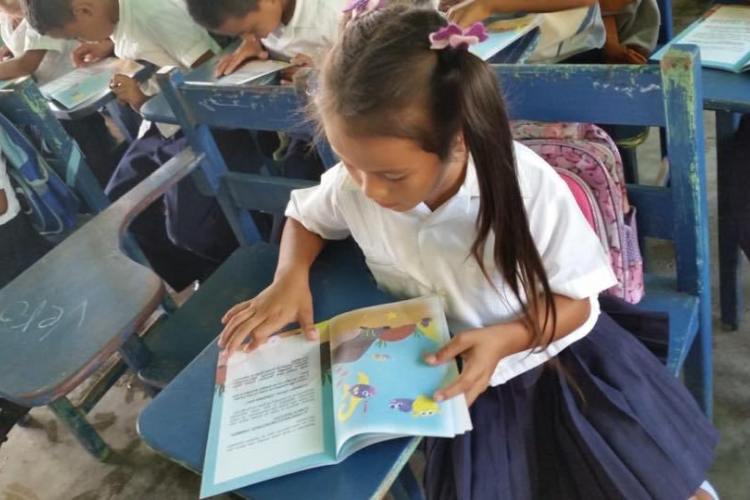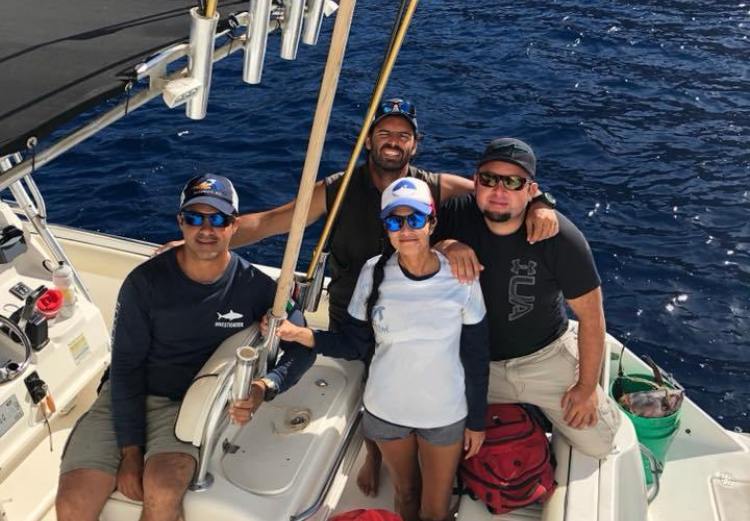________________________________________________________________________________
La apicultura, como actividad sostenible, puede proporcionar ingresos alternativos a las comunidades costeras, reduciendo su dependencia de la pesca y aumentando su resiliencia frente a distintas vulnerabilidades económicas y culturales. Al mismo tiempo, promueve la conservación de los manglares al brindar un incentivo económico para su protección y restauración.
________________________________________________________________________________
Los bosques de manglar, ubicados en estuarios y zonas costeras, son ecosistemas conformados por diversas especies de mangle que se encuentran adaptados a la elevada salinidad del medio acuático en el que se encuentran. Al conectar ambientes terrestres y acuáticos, estos bosques albergan una gran diversidad biológica.

El equilibrio es esencial para el funcionamiento de los ecosistemas. Los manglares y los océanos son un claro ejemplo de este importante equilibrio. El complejo sistema que forman las raíces de los manglares actúa como un filtro natural de nitratos, fosfatos y diversos contaminantes que corren a lo largo de los ríos, de manera que limpian y mejoran la calidad del agua que desemboca en los mares y el océano. Además, estos ecosistemas contribuyen a mantener el equilibrio ecológico de los océanos, ya que también son el refugio y brindan alimento a diversas especies de organismos acuáticos durante su estadio juvenil. Cuando son adultos, estas especies migran hacia el mar abierto y desempeñan un papel importante dentro de la red trófica.
Además de su función en el mantenimiento de la salud de los océanos, los manglares son indispensables para el bienestar y la resiliencia de las comunidades costeras al proporcionar una amplia gama de servicios ecosistémicos. Estos incluyen el suministro de alimentos, como peces, moluscos y crustáceos, tanto para consumo como para la comercialización. Asimismo, los manglares desempeñan un papel crucial en la regulación de procesos medioambientales, al filtrar y mejorar la calidad del agua, reducir la erosión costera, proteger a las comunidades del impacto de huracanes e inundaciones y mitigar los efectos del cambio climático al absorber dióxido de carbono (CO2) de la atmósfera. Los manglares también contribuyen a la supervivencia de otras especies al producir oxígeno y servir como un hábitat para la reproducción de diversos animales. Por último, a nivel cultural, también ofrecen oportunidades para actividades recreativas y turísticas sostenibles, generando ingresos para las comunidades locales.
A pesar de la importancia que los manglares poseen para el equilibrio de la naturaleza y los seres humanos, en la actualidad el 35% de los manglares ha desaparecido a nivel mundial como consecuencia de muchos años de uso insostenible, impulsado principalmente por la demanda de recursos y productos en el mercado internacional. Las consecuencias de la desaparición de estos manglares han sido especialmente perjudiciales para la vida y los medios de subsistencia de las comunidades costeras locales.
En la costa del Caribe guatemalteco, se encuentra el Área Protegida Área de Usos Múltiples Río Sarstún (AUMRS), que alberga el segundo sistema de manglares más grande del Caribe de Guatemala, así como varias comunidades, incluida Barra Sarstún. Esta comunidad ha mostrado un auténtico interés en la conservación del manglar y, por ello, ha participado activamente en esfuerzos de reforestación desde 2021, lo que ha mejorado las condiciones de este ecosistema y el entorno de la comunidad. Con el fin de contribuir a la conservación y abordar los desafíos que enfrenta el ecosistema de manglares, se ha implementado el proyecto Apicultura en Manglares en Barra Sarstún, con el apoyo de Pure Ocean Fund, New England Biolabs Foundation y The Summit Fondation.

La práctica de la apicultura implica el cuidado y manejo de las abejas, cuyo rol en la polinización de las plantas durante su búsqueda y recolección de néctar y polen contribuye significativamente a la reproducción de la flora local. Por consiguiente, fomentar la apicultura en comunidades costeras, como Barra Sarstún, también promueve la reproducción del manglar en estas áreas, beneficiando así la salud de los océanos.

La apicultura ofrece una amplia variedad de productos de la colmena como miel, cera, propóleo, jalea real y otros derivados que pueden ser comercializados, por lo que representa una valiosa alternativa económica para diversificar los ingresos comunitarios. La diversificación de oportunidades laborales en la comunidad es crucial para contrarrestar el impacto económico adverso que el declive de las poblaciones de peces y el cambio climático tienen sobre la pesca, la cual constituye el principal sustento de Barra Sarstún.

Además, la implementación de la apicultura puede abrir nuevas oportunidades laborales en la comunidad, especialmente para las mujeres, quienes suelen tener un acceso y control limitados sobre los recursos económicos del hogar. Al involucrarse en la apicultura, las mujeres no solo pueden contribuir al sustento familiar, sino también obtener un mayor empoderamiento económico y social en sus comunidades. Esta inclusión de las mujeres en la actividad apícola no solo fortalece la economía local, sino que también promueve la equidad de género y el desarrollo sostenible en Barra Sarstún.
Como parte del proyecto Apicultura en Manglares, se han llevado a cabo una serie de capacitaciones teórico-prácticas sobre el funcionamiento del apiario, revisión y manejo de colmenas, y extracción y envasado de miel de manglar para su comercialización. En conjunto con los miembros de la comunidad involucrados en el proyecto, se ha diseñado el logo y la marca de la miel, que han sido nombrados como Ki’il Sarstoon, cuyo significado en el idioma maya Q’eqchi’ es “miel de Sarstún”.

La comercialización de esta miel, además de generar ingresos económicos para el grupo de apicultores de Barra Sarstún, tiene el potencial de concientizar a más personas dentro y fuera de la comunidad sobre la importancia del manglar como una fuente de servicios ecosistémicos y beneficios económicos. Además, resalta el valor de la apicultura como un medio de vida sostenible capaz de beneficiar tanto a la comunidad como al manglar que la rodea. Se espera que la apicultura en el área contribuya significativamente a la conservación del manglar, tanto mediante la polinización que brindan las abejas como al proporcionar un incentivo económico a la comunidad para que continúen involucrándose activamente en su protección y restauración.

Como parte del proyecto, también se han llevado a cabo talleres de educación ambiental sobre abejas con niños y jóvenes de las escuelas de la comunidad. El objetivo de los talleres ha sido ampliar su comprensión sobre la importancia de los manglares, las abejas y la apicultura, y fomentar su interés en formarse y dedicarse a la apicultura en el futuro. De esta manera, se busca garantizar la continuidad del proyecto y promover la participación activa de las generaciones más jóvenes en la conservación y el aprovechamiento sostenible de los recursos naturales de Barra Sarstún.

Lecturas adicionales
Friess, D. A. (2016). Ecosystem services and disservices of mangrove forests: Insights from historical colonial observations. Forests, 7(9). https://doi.org/10.3390/f7090183
Getzner, M., e Islam, M. S. (2020). Ecosystem services of mangrove forests: Results of a meta-analysis of economic values. International Journal of Environmental Research and Public Health, 17(16), 5830. https://doi.org/10.3390/ijerph17165830
Hernández-Félix, L., Molina-Rosales, D., y Agraz-Hernández, C. (2017). Servicios ecosistémicos y estrategias de conservación en el manglar de Isla Arena. Agricultura, Sociedad y Desarrollo, 14(3), 427–449. https://www.revista-asyd.org/index.php/asyd/article/view/644
Hidalgo, H., y López, C. (2007). Reserva de Usos Múltiples Río Sarstún. Ficha Informativa de los Humedales de Ramsar (FIR). https://rsis.ramsar.org/es/ris/1667?language=es
Himes-Cornell, A., Grose, S. O., y Pendleton, L. (2018). Mangrove ecosystem service values and methodological approaches to valuation: Where do we stand?Frontiers in Marine Science. 5:376. https://doi.org/10.3389/fmars.2018.00376
MarFund. (2021). Comunidades del Caribe de Guatemala participan en la conservación y restauración de manglares. https://marfund.org/es/comunidades-caribe-guatemala-conservacion-restauracion-manglares/
Pysanczyn, J. (2021). Mangrove Mania – The Ecosystem that Keeps on Giving. The Marine Diaries. https://www.themarinediaries.com/tmd-blog/mangrove-mania-the-ecosystem-that-keeps-on-giving
